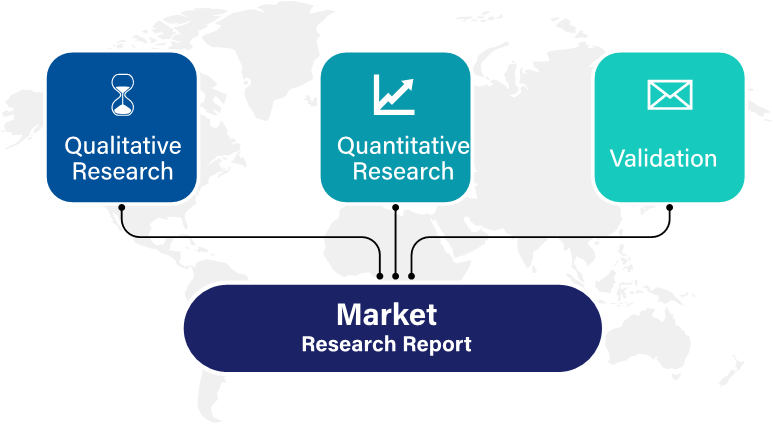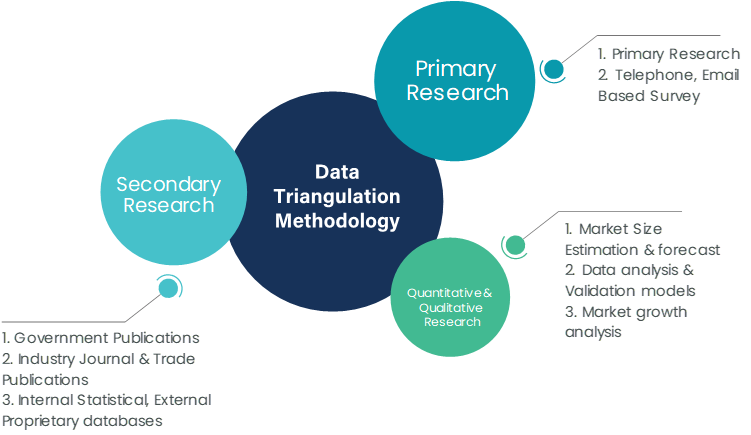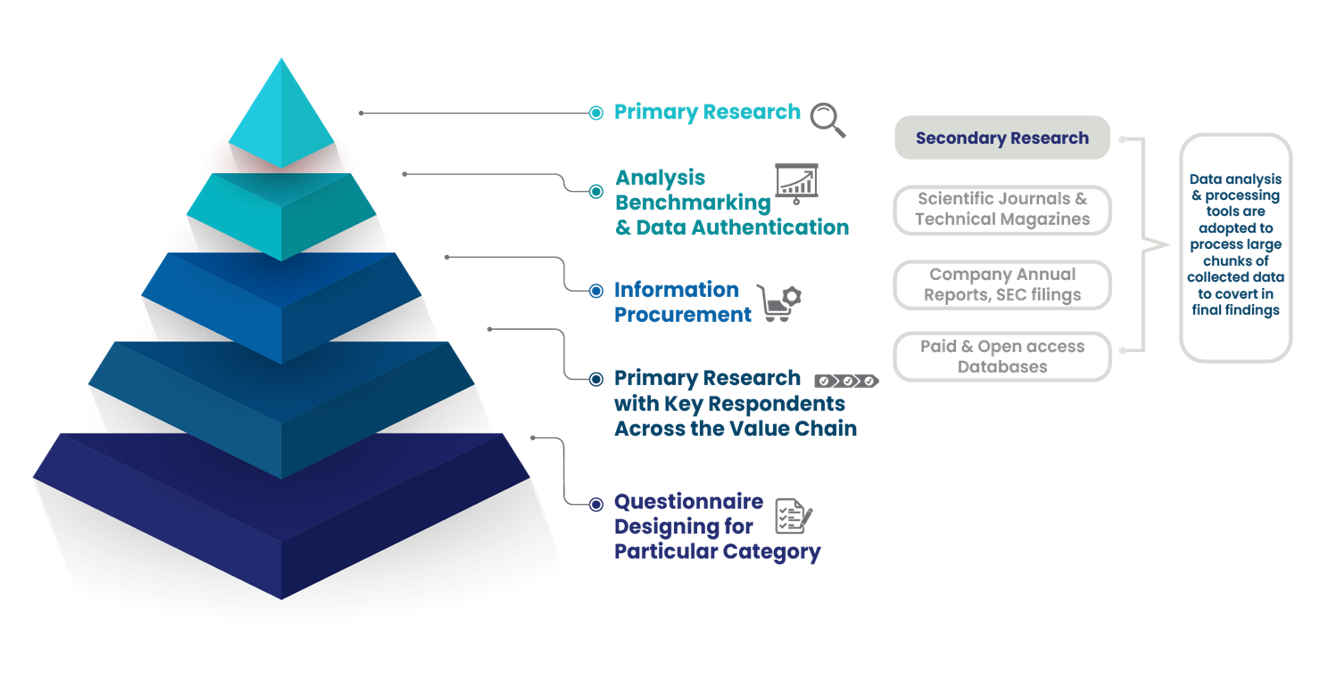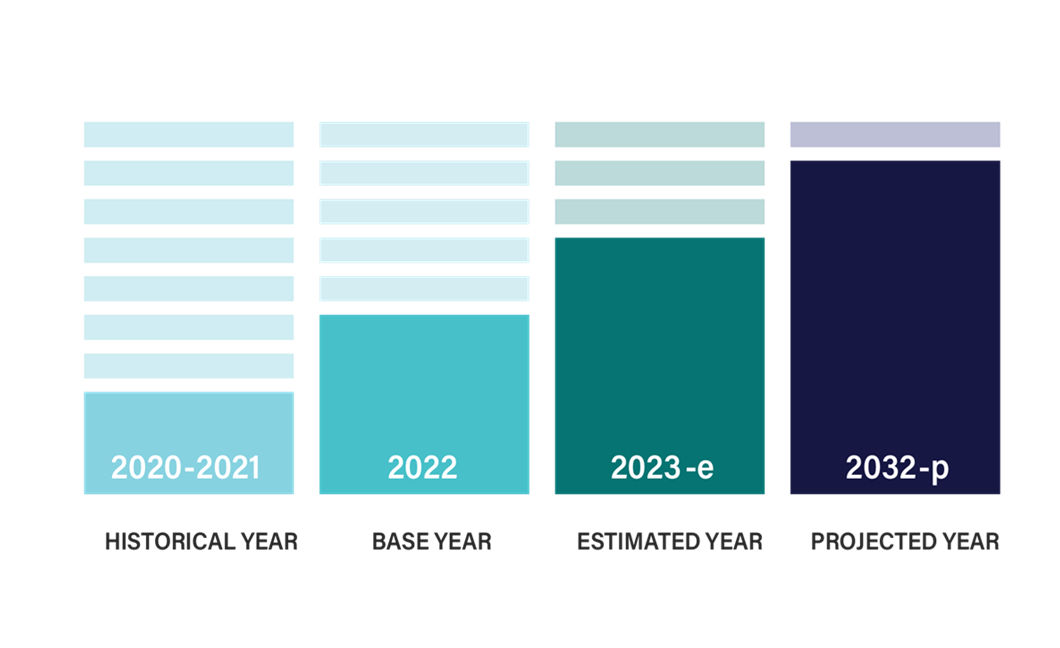

The global air brake system market is anticipated to witness steady growth from 2024 to 2031, driven by increasing demand for commercial vehicles, rising safety standards, and technological advancements in braking systems. Air brake systems are crucial for the safety and performance of heavy-duty vehicles, trains, and various industrial machinery. The market includes components such as compressors, reservoirs, foot valves, brake chambers, and others that collectively ensure safe and reliable vehicle operation.
Market Overview
In 2023, the global air brake system market was valued at approximately $5.5 billion. With an expected compound annual growth rate (CAGR) of around 4.2%, it is projected to reach nearly $7.8 billion by 2031. This growth is primarily fueled by the increasing adoption of air brake systems in commercial vehicles, including trucks, buses, and trailers, as well as a growing emphasis on vehicle safety across emerging and developed economies.
Key Market Drivers
Market Segmentation
The air brake system market can be segmented by component, vehicle type, and application.
Regional Market Insights
Competitive Landscape
The global air brake system market is competitive, with key players focusing on product innovation, partnerships, and regional expansion to gain a competitive edge. Leading companies are investing in research and development to enhance air brake system efficiency, durability, and integration with advanced electronic systems.
Some of the prominent players in the market include:
These companies are actively working on enhancing their air brake system technologies to meet the growing demand and regulatory requirements across various regions.
Market Challenges
Future Outlook
The air brake system market is poised for growth through 2031, driven by demand from the commercial vehicle sector and advancements in braking technology. The growing emphasis on vehicle safety, particularly in emerging economies, is expected to create new opportunities for manufacturers. With the integration of electronic systems such as ABS and EBS, air brake systems are evolving to meet modern safety and efficiency standards.
In the coming years, IMR projects that the air brake system market will benefit from innovations aimed at reducing system weight, improving efficiency, and enhancing durability. The rail sector will also present significant growth potential as countries invest in expanding their rail infrastructure. Additionally, as companies focus on sustainable and cost-effective solutions, the air brake system market is expected to experience steady growth in line with global transportation and industrial developments.
In conclusion, the air brake system market holds promising growth opportunities from 2024 to 2031, with steady demand across key sectors such as automotive, rail, and industrial machinery. IMR expects continued investment in advanced braking solutions and safety enhancements, positioning air brake systems as a critical component of future transportation and industrial applications.
International Market Research follows a comprehensive research methodology dedicated to offering the most accurate market estimation and analysis. It leverages a data triangulation methodology to estimate the market dynamics and deliver precise estimations. The company exploits a combination of top-down and bottom-up approaches for classifying and assessing quantitative aspects of the market.

This research study is based on exhaustive quantitative and qualitative analysis.
The Quantitative analysis involves numerous models, mathematical tools, projection, and sampling techniques. It encompasses the following steps:
Recognize market variables and derive market size.
Valuation of prospects, opportunities, and market penetration rates by analyzing Application Predictive Maintenance Solutionzation, regional trends, etc.
Gauge historical market trends and derive present and future year-on-year growth trends
The qualitative analysis covers briefing about market dynamics and business opportunities and strategies. Lastly, all the research findings are authenticated over interviews with in-house industry experts, freelance consultants, and key opinion leaders, etc.


The preliminary raw data and relevant information are acquired via different sources such as secondary findings, trade surveys, and in-house repositories. Technical issues and trends are attained from technical symposia, surveys, and trade journals. Market dynamics such as driving factors, restraints/challenges, pricing trends, and opportunities are also collected using extensive secondary research via paid and open access data sources.
This info is then filtered to make sure that the related data including market trends, industry dynamics, and outlook is retained for the further research End-user. Data is constantly filtered to confirm that only authenticated sources are measured.
It comprises analysis & mapping of all the data gathered from the above step. It also includes the analysis of data differences observed across numerous data sources and arrives at final data points to be used for final calculations.
This step involves data End-user using various models, mathematical tools, projection, and sampling techniques to derive market findings. It also involves the placement of data points at suitable market spaces to gather viable conclusions.
Market estimates and forecasts are derived via simulation models. Collected data for market dynamics, Propulsion Type sets, pricing trends, and Type development is fed into the model and evaluated simultaneously. These factors are studied on a comparative basis, and their influence over the prediction period is quantified by means of regression, correlation, and time-series exploration. Analyst viewpoint & subject matter expert-based heuristic form of market sizing also plays an essential part in this step.
Some of the parameters measured as a part of the statistical model are:
Macro-economic indicators
Micro-economic indicators
Socio-political indicators
Environmental indicators
Propulsion Type indicators
Validation End-user aids to finalize data points to be used for final calculations. Primary Interviews are conducted to authenticate the data and analysis.
Primary research includes questionnaire-based research, email interactions, online surveys, and telephonic interviews. Interviewees are approached by prominent companies across the value chain including suppliers, Propulsion Type providers, domain experts, and buyers to ensure a holistic and unbiased picture of the market.
Industry participants involved in this research study include:
CEOs, VPs, market intelligence managers
Procuring and national sales managers technical personnel, distributors, and resellers
Research analysts and key opinion leaders from various domains
Our research methodology includes an ideal combination of primary and secondary initiatives.

Source: International Market Research Analysis, 2024
It involves company databases such as Hoover's: This assists us to recognize financial information, the structure of the market participants, and the industry competitive landscape.
The secondary research sources referred to in the End-user are as follows:
Supply Chain and Inventory Managemental bodies, and organizations creating economic policies
National and international social welfare institutions
Company websites, financial reports and SEC filings, broker and investor reports
Related patent and regulatory databases
Statistical databases and market reports
Corporate Presentations, news, press release, and specification sheet of Manufacturers
Open access and paid data sources:
Eurostat
Statista
OneSource
Plastemart
WHO and World Bank
ITU
Factiva
Hoovers
Primary research includes online surveys and telephonic interviews.
Means of primary research: Email interactions, telephonic discussions, and questionnaire-based research, etc.
To validate our research findings and analysis, we conduct primary interviews of key industry participants. Insights from primary respondents help in validating the secondary research findings. It also develops Research Team’s expertise and market understanding.
Industry participants involved in this research study include:
CEOs, VPs, market intelligence managers
Procuring and national sales managers technical personnel, distributors, and resellers
Research analysts and key opinion leaders from various domains
We employ of following parameters in the absence of concrete data sources:
We assign weights to various parameters and quantify their market influence with the help of weighted average analysis, to derive an expected market growth rate
Income distribution, purchasing pattern, per capita income, and other end-user associated parameters
GDP, inflation rate, per capita disposable income, etc.
Expenditure, financial policies of the country, infrastructure and sector growth, and facilities

Source: International Market Research Analysis, 2024
International Market Research(IMR) is global leader in Market Research & Consulting services.